Menopause Diet Meal Plan That Actually Works: Why Your Hormones Need Different Rules


If you’ve been wondering why the diet that worked perfectly in your 40s suddenly feels like you’re fighting an uphill battle, you’re not alone. I hear this story almost daily from women who think they’ve somehow “lost their willpower” – but here’s the thing: it’s not about willpower at all.
Your hormones are basically rewriting the rulebook, and 87% of menopausal women experience weight gain – not because they suddenly forgot how to eat properly, but because their bodies are literally operating under different rules now.
Those traditional weight loss approaches you’ve relied on? They’re not just ineffective now – they might actually be working against you during this crucial life transition. It’s like your body suddenly started speaking a different language, and nobody gave you the translation guide.
Understanding how hormones affect your overall health becomes crucial during menopause. These chemical messengers directly impact your metabolism and food cravings in ways that make standard diet advice feel completely useless.
Table of Contents
- The Real Reason Your Old Diet Stopped Working (It’s Not Your Willpower)
- When You Eat Matters More Than What You Eat
- The Micronutrient Crisis Nobody Talks About
- Your Gut Bacteria Are Running the Show
- The 5-Day Reset That Changes Everything
- Why You Need More Protein Than You Think
TL;DR
- Your body clock controls hormone production – eating at the wrong times can worsen menopause symptoms and slow metabolism
- Traditional intermittent fasting often backfires during menopause by increasing cortisol and disrupting fragile hormone balance
- Up to 80% of menopausal women are magnesium deficient, directly contributing to insulin resistance and making weight loss nearly impossible
- Specific gut bacteria determine how much estrogen gets recycled in your body – you can influence this through targeted fiber choices
- A strategic 5-day anti-inflammatory reset can jumpstart metabolic improvements and break through weight loss resistance
- Menopausal women need higher protein intake per meal to maintain muscle mass due to decreased protein synthesis efficiency
The Real Reason Your Old Diet Stopped Working (It’s Not Your Willpower)
Most menopause diet advice completely misses the point. We’re told what to eat while ignoring the fact that your hormones have essentially become unreliable employees – showing up late, calling in sick, and generally not doing their jobs the way they used to.
Here’s what’s really happening: your internal clock governs hormone production, and during menopause, when that gets thrown off, it’s like your body’s entire schedule goes haywire. Poor meal timing doesn’t just affect your energy – it can actually accelerate the metabolic changes that make you feel like you’re fighting your own body.
The recognition of menopause-specific nutrition needs is finally gaining mainstream attention. U.S. News & World Report’s 2025 Best Diets included a dedicated “Menopause Diet” category for the first time, rating it 4.6 out of 5 for addressing the unique nutritional challenges women face during hormonal transitions.
Many women find that intermittent fasting approaches need modification during menopause to work with their changing hormonal landscape rather than against it. The strategies that worked for your younger self simply don’t account for the fact that your body is now running on different software.
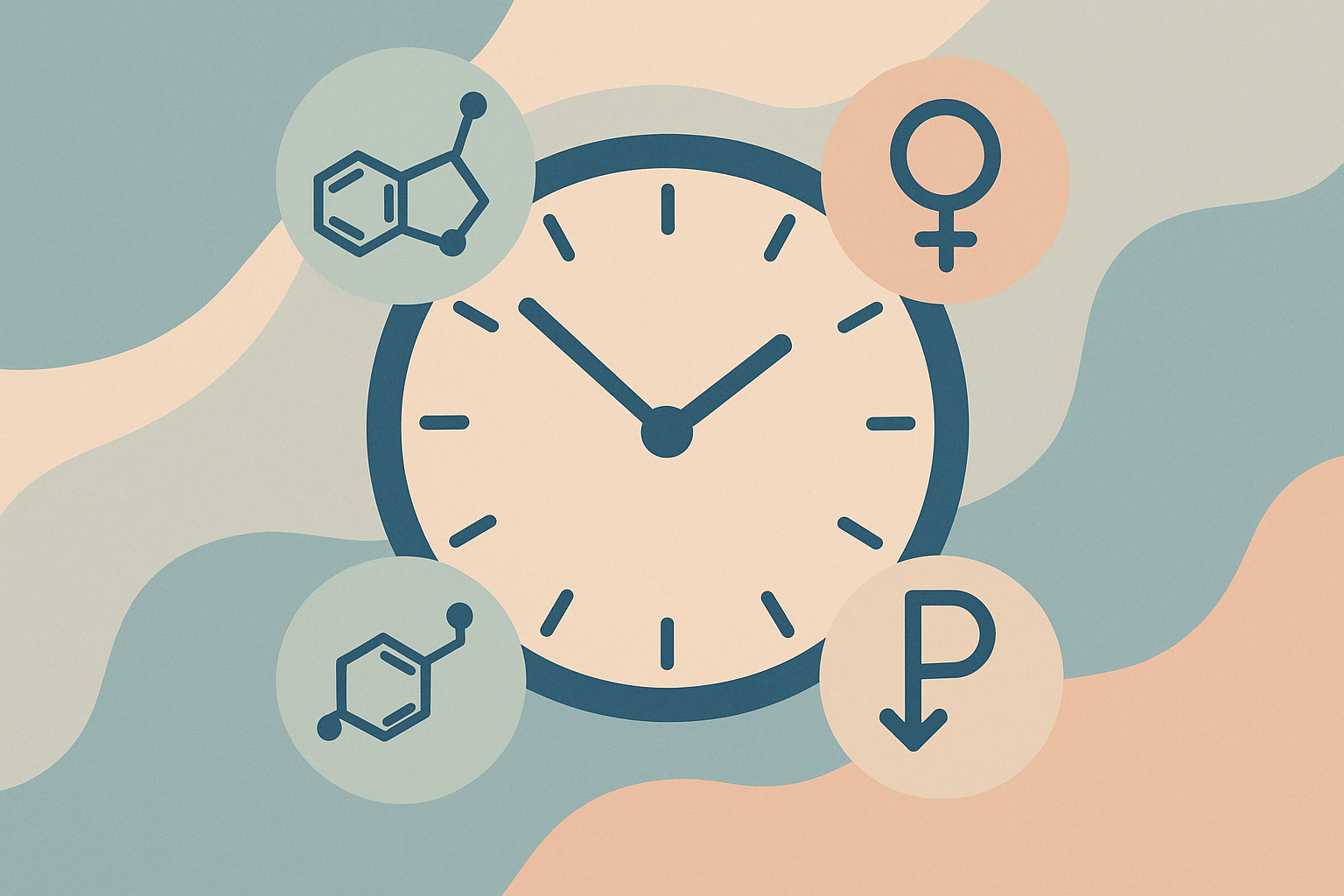
The 24-Hour Hormone Dance You Need to Know About
Think of your hormones like a daily shift schedule at work. Throughout each day, cortisol, insulin, and your declining estrogen levels are all trying to coordinate with each other, but now they’re working with incomplete information and mixed-up schedules.
Working with these natural fluctuations instead of against them can minimize hot flashes, improve sleep quality, and stabilize those frustrating energy crashes that seem to come out of nowhere. It’s not about perfection – it’s about understanding when your body is ready to work with you versus when it’s going to fight you every step of the way.
| Time of Day | Hormone Activity | Optimal Food Strategy | Why It Works |
|---|---|---|---|
| 5-7 AM | Cortisol peak | 25-30g protein | Stabilizes blood sugar for entire day |
| 10 AM – 2 PM | Insulin sensitivity highest | Complex carbs + protein | Maximizes nutrient uptake |
| 3-5 PM | Energy dip common | Healthy fats + fiber | Prevents afternoon crashes |
| 6-8 PM | Cortisol declining | Complex carbs | Supports serotonin production |
| 9 PM onward | Melatonin rising | Light, easy-to-digest foods | Promotes restorative sleep |
Why 5 AM Might Be Your Secret Weapon
I know 5 AM sounds brutal, but hear me out. Getting 25-30 grams of protein between 5-7 AM when cortisol naturally peaks is like giving your body the right fuel when it’s actually ready to use it efficiently.
This isn’t about forcing yourself to eat when you’re not hungry. It’s about understanding that your body is primed for protein processing during this window, and taking advantage of that can stabilize your blood sugar for the entire day.
Sarah, a 52-year-old marketing executive, used to hit the vending machine every afternoon like clockwork. After starting her day with Greek yogurt, berries, and almonds (28g protein) at 6 AM, those afternoon cravings disappeared within a week. Her energy stayed steady through her demanding workdays, and she stopped feeling like she was constantly fighting herself.
The Evening Carb Strategy That Improves Sleep
Everything you’ve heard about avoiding carbs at night? It might be sabotaging your sleep during menopause, and trust me, you need all the sleep help you can get right now.
Here’s the thing: eating complex carbohydrates 2-3 hours before bed actually supports serotonin production when estrogen can no longer fulfill this role effectively. Sweet potatoes, quinoa, or steel-cut oats paired with magnesium-rich foods can dramatically improve sleep quality and reduce nighttime hot flashes.
Your body is trying to wind down for the night, and giving it the right building blocks for relaxation isn’t cheating – it’s working smarter, not harder.
Why Traditional Intermittent Fasting Might Be Backfiring
You know that 16:8 fasting protocol that your younger friend swears by? The one that worked great for you in your 30s? Well, your menopausal body might be having a completely different conversation about it.
Extended fasting can actually increase cortisol and disrupt already fragile hormone balance during menopause. Your body interprets that long stretch without food as stress, triggering survival mechanisms that make weight loss harder, not easier.
According to research, 95% of patients pay $0 out of pocket when they see a dietitian with Berry Street, making professional guidance more accessible for women seeking personalized fasting protocols that work with their hormonal changes rather than against them.
The Gentle 12-Hour Reset That Actually Works
A 12-hour eating window provides all the metabolic benefits of time-restricted eating without triggering the stress responses that can make menopausal symptoms worse.
Think of it as giving your digestive system a reasonable work schedule instead of demanding it pull all-nighters. You get the benefits without the hormonal chaos, and honestly, isn’t life chaotic enough right now?
Matching Your Eating Window to Irregular Cycles
For women still experiencing irregular periods during perimenopause, your body’s needs are changing throughout the month in ways that a rigid eating schedule just can’t accommodate.
Your eating schedule should reflect that reality rather than following a protocol designed for stable hormone levels that you frankly don’t have anymore.
When You Eat Matters More Than What You Eat
Look, I get it – you’ve probably heard “when you eat doesn’t matter, calories are calories” a million times. But here’s what I wish someone had told me sooner: your body during menopause is like a completely different person living in the same house. She has different schedules, different needs, and definitely different opinions about when dinner should happen.
Your hormones are basically running on a 24-hour shift schedule, and when you ignore their timing, it’s like showing up to work at midnight when everyone else is there at 9 AM. You’re going to have a rough time, no matter how hard you try.
Here’s the thing that blew my mind when I first learned it: you could eat the exact same meal at 7 AM versus 9 PM, and your body will handle it completely differently. It’s not magic – it’s just biology that nobody bothered to explain to us.
Learning the fundamentals of healthy breakfast timing can set the foundation for better energy and metabolism throughout your entire day. The success often hinges on getting this timing right rather than obsessing over specific food choices.
Think of it like this – your metabolism has a daily rhythm, just like you do. In the morning, it’s ready to work hard and process everything efficiently. By evening, it’s winding down and wants to focus on repair mode, not digesting a big meal.
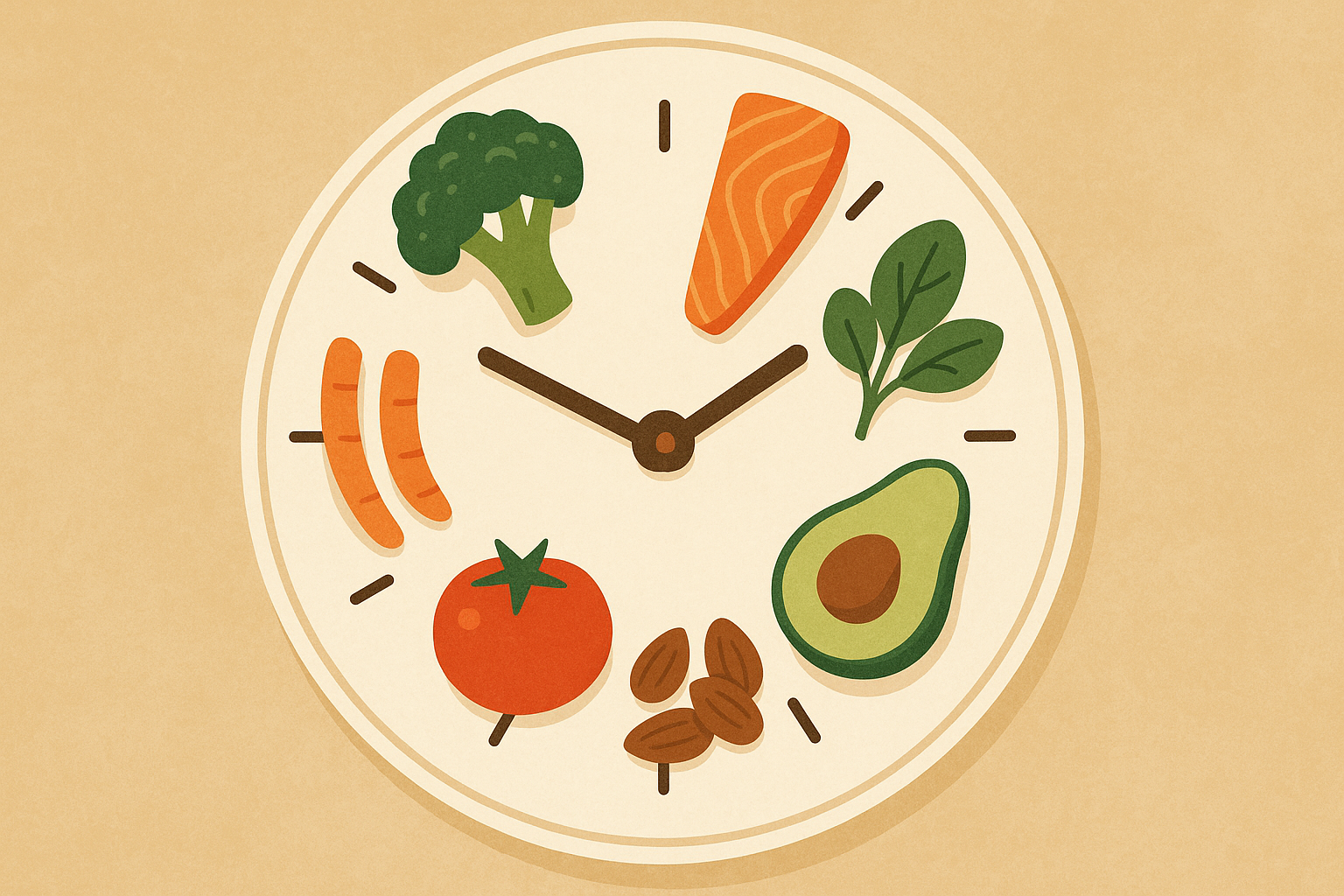
The Micronutrient Crisis Nobody Talks About
Okay, can we talk about something that’s been driving me crazy? Everyone’s obsessing over calcium and vitamin D for menopause (which, yes, are important), but meanwhile, there’s this whole underground world of nutrients that your changing hormones desperately need, and nobody’s talking about them.
It’s like everyone’s focused on fixing the leaky roof while the foundation is crumbling. You can eat perfectly and still feel terrible if you’re missing these key pieces of the puzzle.
Hidden nutritional gaps can make weight management feel impossible, regardless of how perfectly you follow your meal plan or how much you restrict calories. Your changing hormones affect how your body absorbs and uses nutrients in ways that make standard recommendations completely inadequate.
The Magnesium-Insulin Connection That Changes Everything
Here’s a stat that made me stop in my tracks: up to 80% of women going through menopause are walking around magnesium deficient. Eighty percent! And here’s the kicker – without enough magnesium, your cells literally can’t hear insulin knocking at the door.
Picture this: insulin is like a delivery person trying to drop off packages (glucose) to your cells, but magnesium is the doorbell. No doorbell, no delivery. The packages just pile up in your bloodstream, and your body says, “Well, I guess we’re storing all this as fat then.”
Without adequate magnesium, your cells can’t properly respond to insulin. This creates a cascade of hormonal imbalances that extend far beyond blood sugar control, affecting everything from sleep quality to mood stability.
Getting Magnesium Into Your Cells (Not Just Your Stomach)
Different magnesium supplements aren’t created equal, and honestly, most of them are pretty useless if you don’t know how to take them properly.
Magnesium glycinate or bisglycinate forms bypass common digestive issues, while taking them with vitamin D and healthy fats optimizes uptake at the cellular level where the real work happens.
I had a client, Linda, who was doing everything “right” – eating well, exercising, the whole nine yards – but she was taking her magnesium supplement with her morning coffee. Turns out, caffeine blocks magnesium absorption. Who knew? Once she switched to taking 400mg magnesium glycinate with her evening sweet potato and olive oil, she started sleeping better and her afternoon sugar cravings disappeared within two weeks.
The B-Vitamin Cascade Your Liver Desperately Needs
Your liver during menopause is like that friend who’s trying to juggle too many things at once. It’s processing hormones, making neurotransmitters, detoxing everything you throw at it, and frankly, it’s getting overwhelmed.
B vitamins work together to support liver detoxification of hormones and neurotransmitter production – both critical processes during the menopause transition. When one B vitamin is deficient, it creates a domino effect that can impact everything from energy levels to mood stability to cognitive function.
Understanding which supplements are most beneficial can help address the nutritional gaps that commonly occur during menopause.
B vitamins are like your liver’s support team, but here’s the thing – they work as a group. If one’s missing, the whole operation falls apart. It’s like trying to bake a cake when you’re out of eggs – you can have all the other ingredients, but it’s just not going to work.
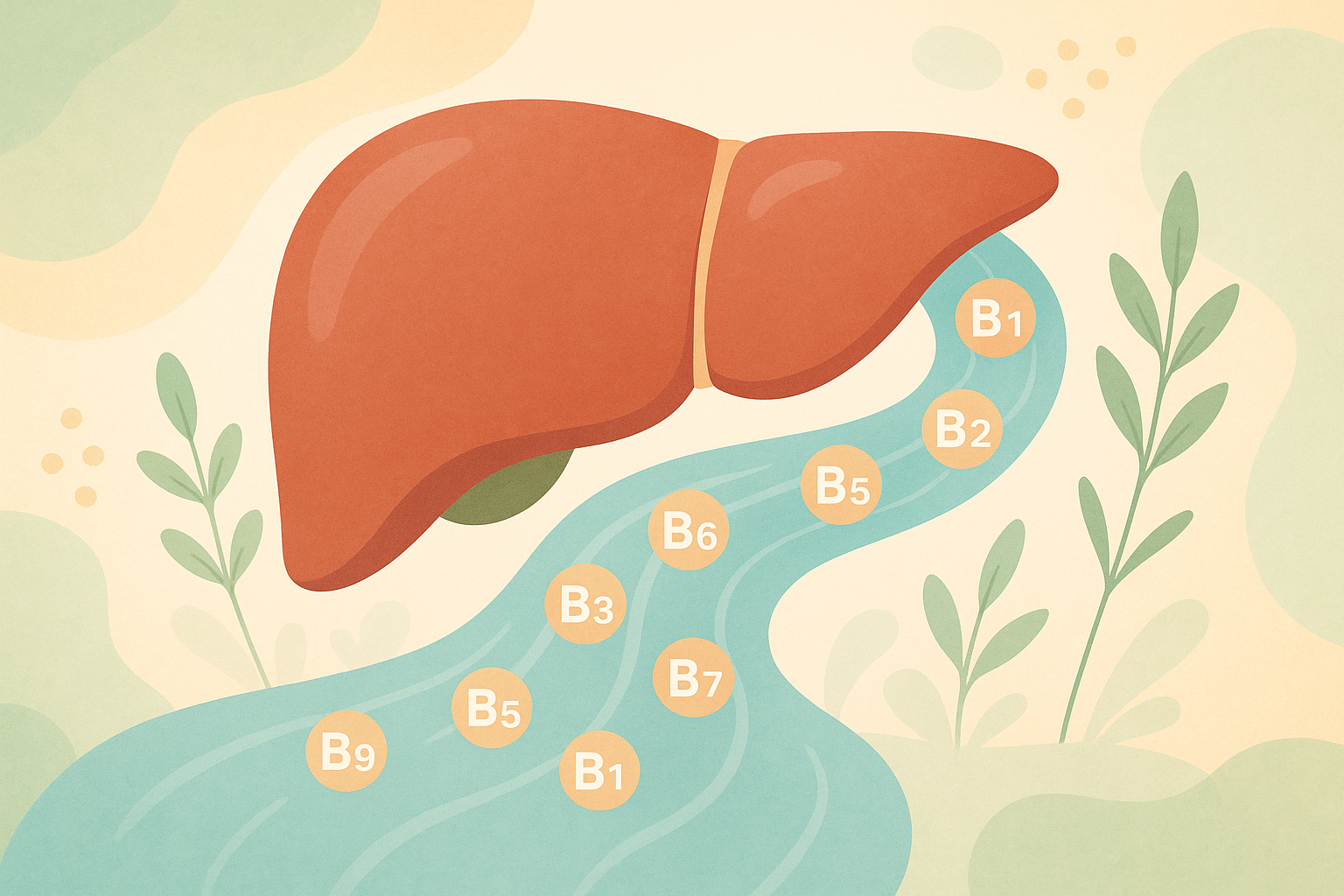
Why Folic Acid Might Not Be Helping You
And don’t get me started on folic acid. Many of us have genetic quirks that mean we can’t properly use the synthetic version found in most supplements. It’s like having a key that almost fits the lock, but not quite.
For these women, methylfolate supplementation becomes essential for optimal hormone metabolism and can be the missing piece in addressing persistent fatigue and brain fog. Switching to methylfolate can be life-changing – suddenly the brain fog lifts and energy returns.
Protecting Your Brain From Menopause Fog
Declining estrogen affects how well your body absorbs vitamin B12, contributing to the cognitive symptoms that many women dismiss as “just part of getting older.” But you know what? You don’t have to accept brain fog as your new normal.
Strategic B12 supplementation, particularly in methylated forms, can help maintain mental clarity and prevent the memory issues that often accompany hormonal changes.
Your Gut Bacteria Are Running the Show
Alright, this is where things get really interesting. You know how we always talk about hormones like they’re these mysterious forces we can’t control? Well, plot twist: your gut bacteria are actually having a say in the conversation.
I’m not talking about just “eat some yogurt and call it a day.” This is next-level stuff that could completely change how you think about menopause.
The trillions of bacteria living in your digestive system aren’t just helping you break down food – they’re actively involved in hormone metabolism, producing compounds that can either support or completely sabotage your weight loss efforts during menopause.
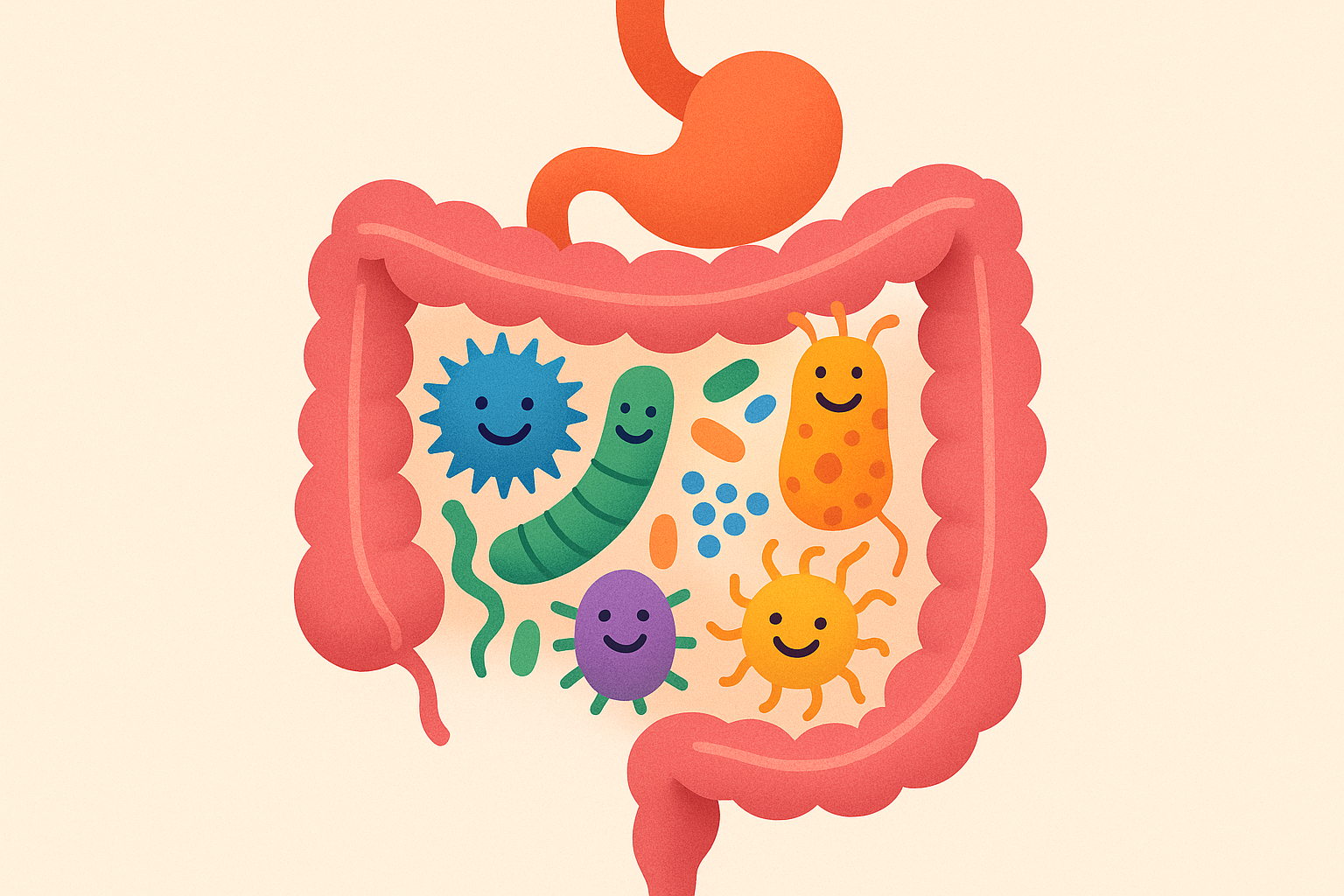
The Estrobolome: Your Personal Hormone Recycling Center
Stay with me on this one because it’s fascinating. You have specific bacteria in your gut – scientists call them the “estrobolome” (I know, they’re not great at naming things) – and these little guys literally decide how much estrogen gets recycled back into your system.
Think of them as your personal hormone recycling crew. When they’re doing their job well, you get just the right amount of estrogen circulating. When they’re slacking off or the wrong crew is in charge, you might be recycling too much or too little, which messes with everything from your weight to your mood.
The crazy part? You can actually influence which crew shows up work by what you feed them.
Feeding the Right Bacteria for Hormonal Balance
Different bacteria are like different employees – they all have their favorite foods and their own special skills. Feed the right ones, and they’ll help balance your hormones. Feed the troublemakers, and they’ll make your life harder.
Here’s what I mean: if you eat resistant starch (like leftover potatoes that have cooled down – I know, weird but true), you’re basically sending lunch to the Bifidobacterium crew, and they’re really good at helping with insulin sensitivity.
It’s like having a really specific office cafeteria where different departments eat different things, and you want to make sure the helpful departments are well-fed.
| Fiber Type | Food Sources | Target Bacteria | Hormonal Benefit |
|---|---|---|---|
| Resistant Starch | Cooled potatoes, green bananas | Bifidobacterium | Improves insulin sensitivity |
| Inulin | Jerusalem artichokes, garlic | Lactobacillus | Reduces inflammation |
| Beta-glucan | Oats, mushrooms | Akkermansia | Supports gut barrier |
| Pectin | Apples, citrus peels | Faecalibacterium | Produces butyrate |
| Lignans | Flaxseeds, sesame seeds | Enterolactone producers | Balances estrogen metabolism |
The Metabolic Fuel Your Gut Makes for You
When beneficial gut bacteria break down fiber, they produce short-chain fatty acids that directly influence insulin sensitivity and can help overcome the metabolic resistance that makes weight loss feel impossible during menopause.
These compounds work as internal metabolic boosters, but only if you’re feeding your microbiome the right raw materials. Think of it as your gut bacteria working overtime to help your metabolism function better.
Butyrate: Your Anti-Inflammatory Ally
Butyrate production from specific fiber sources can reduce the systemic inflammation that contributes to menopausal weight gain.
This isn’t about generic “eat more fiber” advice – it’s about understanding which fibers produce which metabolites and how to strategically include them in your daily routine.
Natural Appetite Control From Your Microbiome
Certain bacterial strains produce propionate, which signals satiety directly to your brain and can help overcome the increased appetite that often accompanies hormonal changes.
Think of having your own internal appetite regulation system that you can influence through food choices. It’s like having a built-in portion control mechanism that actually works with your body instead of against it.
The 5-Day Reset That Changes Everything
Before you roll your eyes and think “here comes another crash diet,” hear me out. This isn’t about starving yourself or drinking nothing but lemon water and cayenne pepper for a week.
This is about giving your body a chance to hit the reset button on inflammation and hormone sensitivity. Think of it like restarting your computer when it’s been running slowly – sometimes you just need a fresh start.
I’ve seen women who felt completely stuck suddenly break through weight loss plateaus after doing this reset. Not because it’s magic, but because it addresses the inflammation that might be gumming up the works.
The growing popularity of menopause-specific programs reflects this need for targeted approaches, with apps like Reverse Health being named “Best Women’s fitness app” by Forbes Health for their hormone-focused nutrition protocols designed specifically for menopausal women.
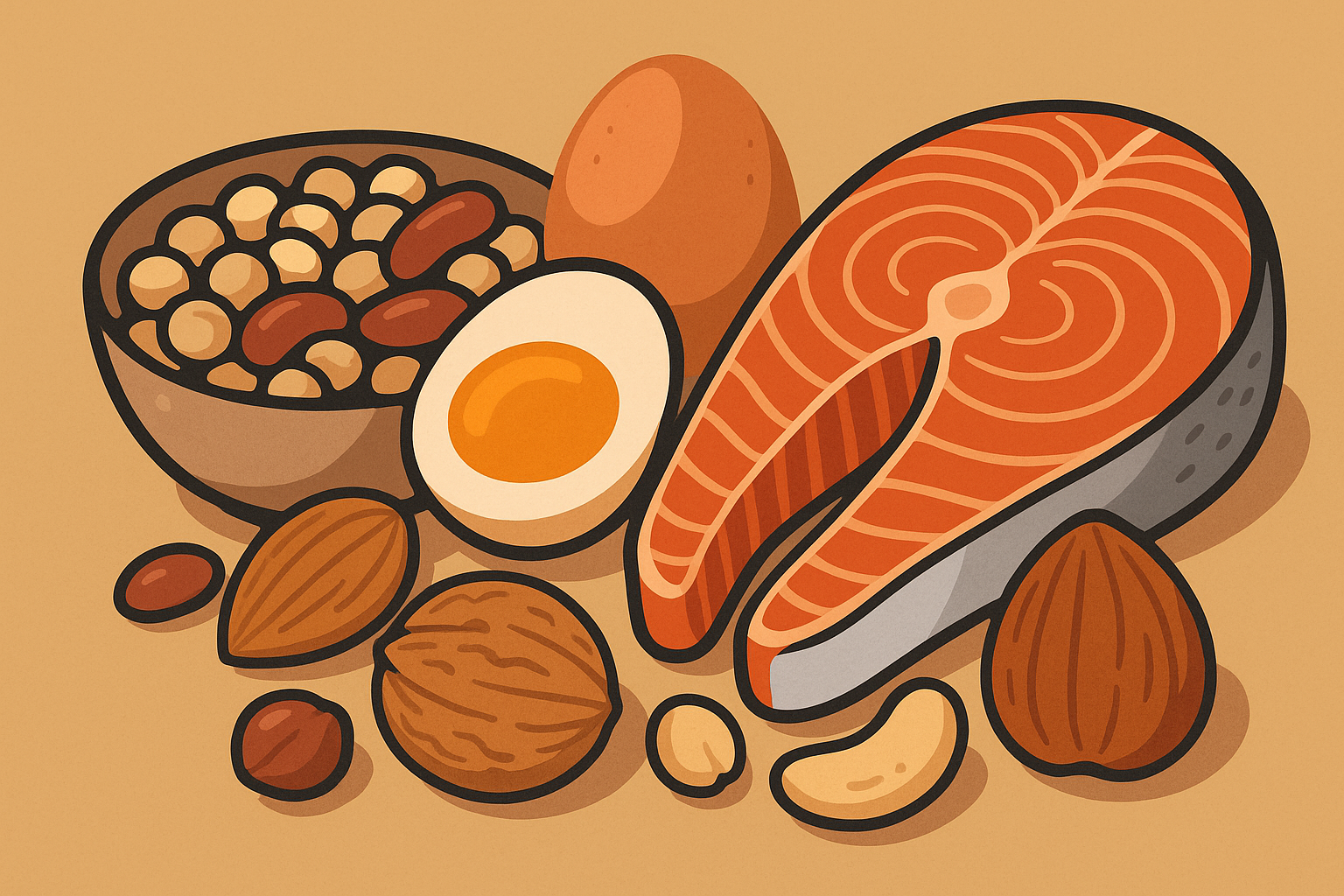
Days 1-2: Cooling the Inflammatory Fire
The first couple of days are about calming down the internal fire that might be making your body hold onto weight like it’s preparing for a famine.
Here’s what’s happening: chronic low-grade inflammation during menopause can make your body think it’s under attack, so it holds onto every calorie “just in case.” It’s not being stubborn – it’s trying to protect you.
The Strategic Elimination Approach
For 48 hours, we’re going to remove the most common inflammatory triggers. I’m talking about the usual suspects: processed foods, refined sugar, alcohol, dairy, and gluten. I know, I know – it sounds like everything fun. But it’s only two days, and the point isn’t to punish yourself.
Think of it like giving your digestive system a vacation. Instead of working overtime to process all the complicated stuff, it can focus on healing and resetting.
Elimination Checklist:
- Remove all refined sugars and artificial sweeteners
- Eliminate processed foods and packaged snacks
- Avoid dairy products temporarily
- Skip gluten-containing grains
- Cut out alcohol completely
- Focus on organic produce when possible
- Increase water intake to 10-12 glasses daily
- Add lemon to morning water for liver support
Targeted Nutrients for Rapid Recovery
Specific nutrients can accelerate the anti-inflammatory process during this initial reset phase.
Strategic supplementation works alongside dietary changes to support your body’s natural healing mechanisms and prepare the foundation for the metabolic activation that follows.
Days 3-5: Reactivating Your Metabolism
This is where we start building back up, but smarter. We’re not going back to the same old patterns – we’re creating new ones that work with your changing body.
The final phase strategically reintroduces foods while maintaining the metabolic improvements achieved in the first phase. This isn’t about going back to old patterns – it’s about building on the reset with hormone-supportive strategies.
Strategic Carb Cycling for Insulin Sensitivity
The carb cycling thing might sound complicated, but it’s really not. Some days you eat a bit more carbs, some days a bit less. Your body during menopause responds differently to carbs than it used to, and this approach works with those changes instead of fighting them.
Alternating higher and lower carbohydrate days can help restore insulin sensitivity that often becomes impaired during menopause.
Timing Protein for Muscle Preservation
Specific protein timing and amounts become crucial for preserving lean muscle mass during hormonal changes.
Aiming for 25-30 grams of protein at each meal, with leucine-rich sources at breakfast, helps maintain the metabolic rate that naturally declines with age and hormone changes. Eggs or fish in the morning provide the amino acid profile your muscles need most.
Why You Need More Protein Than You Think
Can we talk about protein for a minute? Because I think there’s been a huge misunderstanding, especially for women our age.
The standard protein recommendations were basically created for younger people with stable hormones. But when you’re going through menopause, your body becomes less efficient at building and maintaining muscle. It’s like your internal construction crew got a little lazy – they need more raw materials to do the same job.
This isn’t just about looking toned (though that’s nice too). Muscle is metabolically active tissue – it burns calories even when you’re sitting on the couch. Lose muscle, and your metabolism slows down. It’s that simple.
Research shows that women gain about 1.5 pounds per year during midlife, largely due to muscle loss and metabolic changes that adequate protein intake can help counteract.
Understanding how collagen supplements support structural health becomes particularly important as estrogen decline accelerates protein breakdown throughout the body.

The Leucine Threshold That Preserves Muscle
Here’s where it gets specific: there’s this amino acid called leucine that’s like a foreman for your muscle-building crew. Without enough of it per meal, the crew doesn’t even show up to work.
Research shows menopausal women need higher leucine intake per meal to trigger muscle protein synthesis. This means the type of protein you choose matters just as much as the amount, and spreading intake throughout the day becomes essential for maintaining the muscle mass that keeps your metabolism running efficiently.
I had a client, Maria, who was eating plenty of protein overall – about 60 grams a day – but she was still losing muscle mass. The problem? She was eating 15 grams at breakfast, 15 at lunch, and 30 at dinner. Her body needed about 25-30 grams per meal to trigger muscle building.
Once she restructured her meals – eggs with Greek yogurt at breakfast, chicken with quinoa at lunch, salmon with lentils at dinner – her strength training progress resumed and her energy improved within six weeks.
Plant vs. Animal Proteins During Hormonal Changes
Digestive efficiency often declines during menopause, affecting how well different protein sources get absorbed and utilized by your body.
Complete proteins from animal sources might be easier to process, but strategic combinations of plant proteins can work just as well when you understand how to pair them effectively. The key is knowing what your body can actually use versus what just passes through.
Supporting Your Body’s Structure From the Inside Out
Here’s something nobody prepared me for about menopause: it’s not just your periods that change. Estrogen has been quietly supporting your skin, joints, gut lining, and basically all your connective tissue. When it starts declining, everything starts feeling a little… looser? Less supported?
That’s where collagen comes in. Think of it as internal scaffolding for your body. Estrogen decline accelerates collagen breakdown throughout your entire body – in your skin, joints, gut lining, and connective tissues everywhere.
Choosing the Right Collagen for Your Needs
Marine collagen is great for skin (hello, maintaining some elasticity), while bovine collagen is better for joints and mobility.
Understanding these differences helps you target your specific concerns rather than taking a generic approach. Marine collagen provides amino acid profiles that particularly benefit skin elasticity and hydration, while bovine collagen offers better support for joint health and mobility.
The Vitamin C Connection You Can’t Ignore
But here’s the trick: collagen needs vitamin C to actually work. Taking it with some berries or citrus, and timing it away from other proteins, helps your body actually use it instead of just expensive pee.
Collagen production requires adequate vitamin C, which may need to be increased during menopause due to higher oxidative stress levels. Taking collagen with vitamin C-rich foods and timing it away from other proteins maximizes absorption and effectiveness.

Hydration Strategies That Go Beyond Water
“Drink more water” has to be the most useless advice for menopause, right up there with “just eat less and exercise more.” Your hormonal changes affect how your cells actually hold onto water and maintain electrolyte balance.
It’s like your internal plumbing system got rewired, and now the old maintenance routine doesn’t work anymore.
Declining estrogen affects cellular hydration and electrolyte balance in ways that make standard “drink 8 glasses of water” advice insufficient.
Electrolyte Timing for Hot Flash Management
Hot flashes, for example, aren’t just random temperature spikes. They’re often related to your body struggling to regulate temperature because your electrolyte balance is off. Adding some sea salt and potassium to your morning water, eating magnesium-rich foods before your typical hot flash times, and avoiding caffeine during trigger periods can make a real difference.
I know it sounds like a lot to track, but start simple: notice when your hot flashes tend to happen, then try having a magnesium-rich snack (almonds, dark chocolate) about an hour before. See if it helps.
Hot Flash Management Template:
- Week 1-2:
- Week 1-2: Track hot flash timing and potential triggers
- Morning (6-8 AM): 1/4 tsp sea salt + potassium in 16oz water
- Pre-trigger time: Magnesium-rich snack (almonds, dark chocolate)
- Avoid: Caffeine 2 hours before typical hot flash times
- Evening: Electrolyte-rich foods (coconut water, leafy greens)
- Weekly review: Adjust timing based on patterns observed
When you’re ready to implement these strategies, Organic Authority’s carefully curated supplements can help fill the nutritional gaps that make menopause weight management so challenging. Their marine-sourced collagen provides the easily absorbed protein that’s crucial for morning protein loading, while supporting the skin and joint health that often suffers during hormonal transitions.
Final Thoughts
Look, I’m not going to lie to you and say this is all easy. Navigating menopause nutrition feels like learning a new language sometimes – just when you think you’ve got it figured out, your body changes the rules again.
But here’s what I want you to remember: you’re not broken. You’re not weak. You haven’t lost your ability to take care of yourself. Your body is just going through the biggest hormonal transition since puberty, and it needs some different strategies now.
The approaches outlined here address the root causes of why your body seems to be fighting you every step of the way rather than simply focusing on caloric restriction, giving you tools that work with your physiology instead of against it.
You don’t have to implement everything at once. In fact, please don’t – that’s a recipe for overwhelm and giving up. Pick one thing that resonates with you. Maybe it’s adding protein to your breakfast, or trying that 12-hour eating window, or just paying attention to when you feel your best and worst during the day.
Master that one change, then add another. Your body has incredible wisdom – sometimes it just needs the right information and support to function optimally during this transition.
Remember that sustainable change happens gradually, and what works perfectly for your friend might need tweaking for your unique situation. Start with one or two strategies that resonate most with your current challenges, whether that’s adjusting meal timing, addressing micronutrient gaps, or supporting your gut microbiome.
And remember, what works perfectly for your friend might need tweaking for you. We’re all dealing with the same hormonal changes, but we’re dealing with them in our own unique bodies with our own unique lives.
Be patient with yourself. Be curious instead of critical. And know that figuring this out is a process, not a destination.


